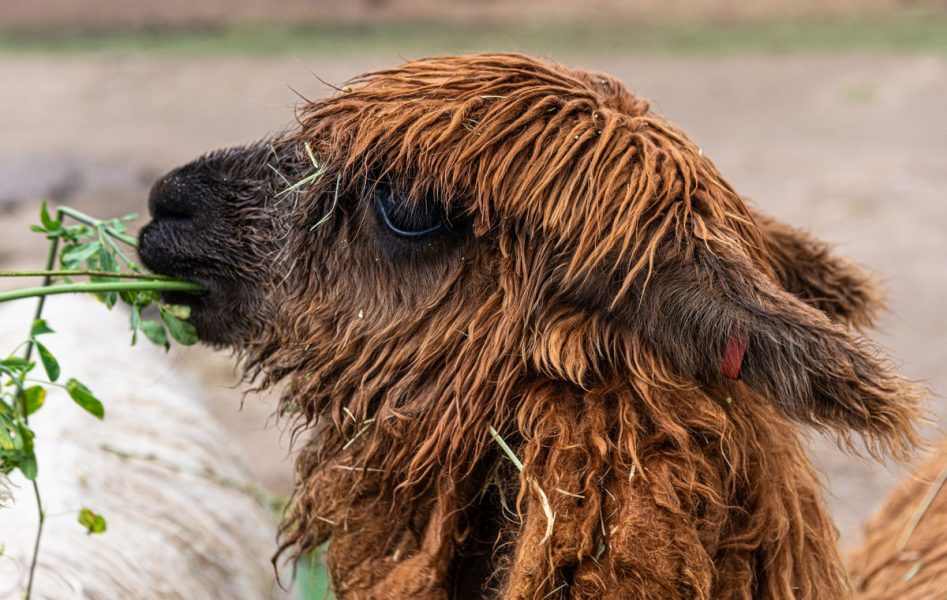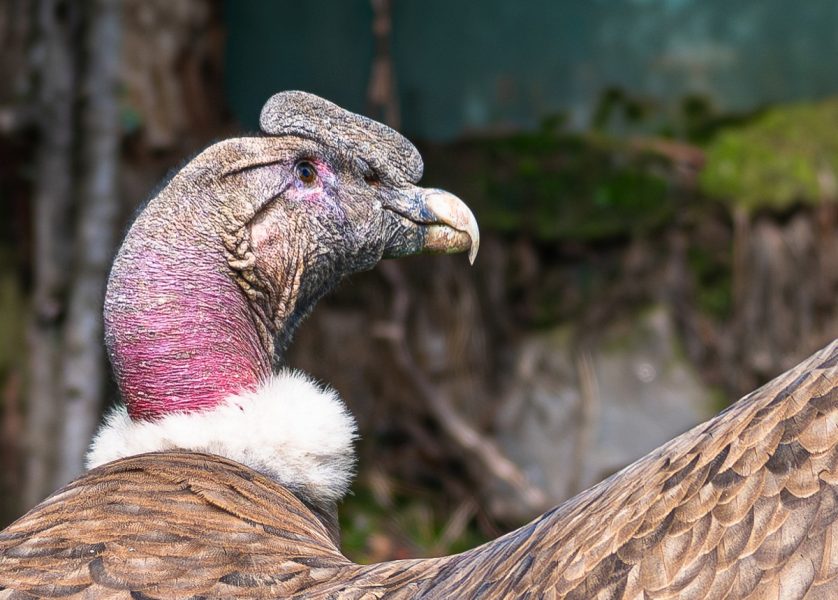March 25, 2025
The Uru reed-dwellers of Lake Titicaca.
Next up on our Latin American trip was the legendary Lake Titicaca – the vast high-altitude (elevation: 3812 meters) freshwater lake…

That photo’s a bit ahead of the story, as it was taken from the Bolivian side of the lake; we were still on Peruvian territory…

Our main goal was to visit the floating reed islands of the unique Uru (Uros) people. Let me first tell you a bit about them…
A long time ago – even before the rule of the Incas – these people lived on the shores of Lake Titicaca. But as the Inca Empire expanded, conquering more and more land, it eventually reached around here. The Uru didn’t have many options: either perish fighting against the much stronger invader – or surrender (into slavery).
But the Uru found another solution: they got into their boats and sailed out across the lake to hide in the reed marshes several kilometers from the shore. And since the Incas had come to stay, the Uros remained in the reeds. They built islands and houses and lived there so as to escape the conquerors. When they were eventually discovered, the Incas didn’t wipe them out (perhaps they were satisfied with their conquests by then) but instead imposed a small tax on them.
Centuries passed – the Incas were wiped out by the Spaniards, Peru eventually gained independence from Spain, and much water has since flowed from Lake Titicaca – yet the Uros people continued to live on their floating islands, and still do to this day! Something like this:























































